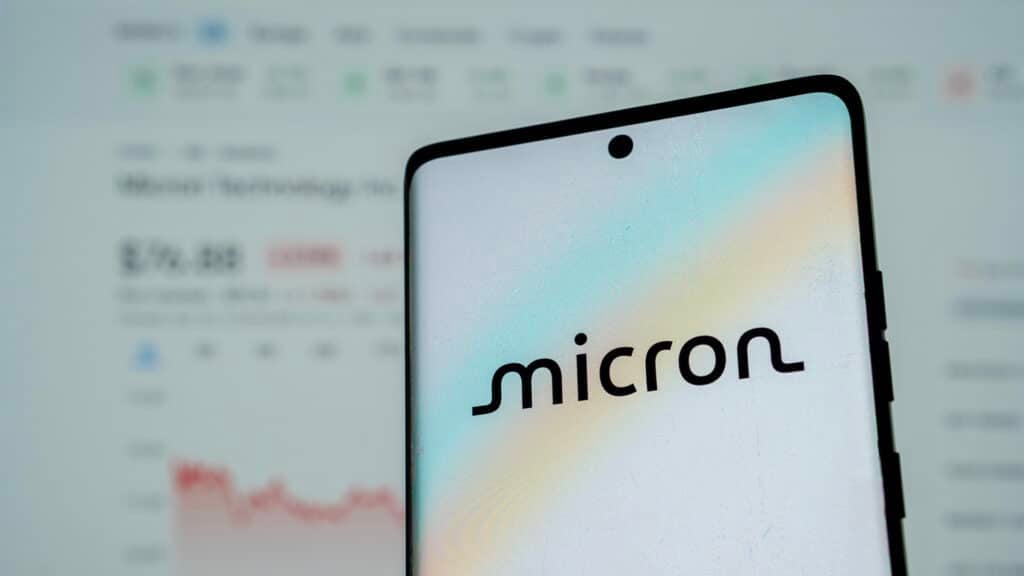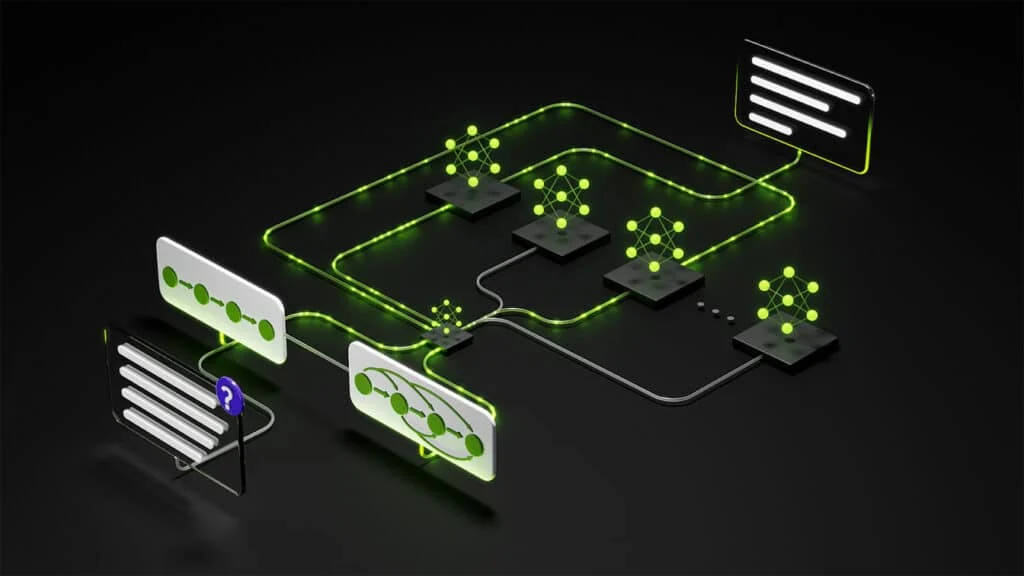The News: Nyriad attended SC23 with a focus on the GPU-powered erasure coding capabilities of its UltraIO systems and its UltraIO as a service. Read more about Nyriad UltraIO on the Nyriad website.
SC23 Recap: Nyriad
Analyst Take: As one might expect, graphics processing units (GPUs) were a hot topic at SC23, the big high-performance computing (HPC) conference. One SC23 storage vendor leveraging GPUs in a unique way is Nyriad. Its storage solution, UltraIO, uses a combination of CPUs and GPUs to provide enhanced resiliency without compromising performance.
UltraIO provides data resiliency and reliability by erasure coding all data blocks as they are written. Although erasure coding data at scale may be a computational challenge for other systems, UltraIO leverages GPUs alongside CPUs for greater erasure coding efficiency. Additionally, UltraIO can handle the computation necessary to erasure code small files, whereas other file systems may resort to an alternative protection method, such as replication.
Nyriad’s unique erasure coding capabilities not only provide resiliency, but also maintain system performance in the event of drive failures. In that event, UltraIO rebuilds individual blocks as read requests are made and avoids the dramatic performance impact that other systems may endure during drive rebuilds. Nyriad claims that a 200 drive system can endure 20 simultaneous drive failures with only a 5% performance impact.
The UltraIO system is additionally capable of scaling to multi-petabyte deployments and providing improved performance with intelligent data placement. Announced by Nyriad shortly before November’s SC23, the UltraIO system is also available as a service with UltraIO-as-a-Service.
The unique GPU-powered capabilities of Nyriad’s offerings – both as a system and a service – stood out among storage offerings at SC23 due to the combination of resiliency, scalability, and performance. The system is well suited for large scale storage needs that require a high level of reliability without sacrificing performance, including HPC use cases such as life sciences and bio sciences with large data ingest requirements.
Disclosure: The Futurum Group is a research and advisory firm that engages or has engaged in research, analysis, and advisory services with many technology companies, including those mentioned in this article. The author does not hold any equity positions with any company mentioned in this article.
Analysis and opinions expressed herein are specific to the analyst individually and data and other information that might have been provided for validation, not those of The Futurum Group as a whole.
Other Insights from The Futurum Group:
Author Information
Mitch comes to The Futurum Group through the acquisition of the Evaluator Group and is focused on the fast-paced and rapidly evolving areas of cloud computing and data storage. Mitch joined Evaluator Group in 2019 as a Research Associate covering numerous storage technologies and emerging IT trends.
With a passion for all things tech, Mitch brings deep technical knowledge and insight to The Futurum Group’s research by highlighting the latest in data center and information management solutions. Mitch’s coverage has spanned topics including primary and secondary storage, private and public clouds, networking fabrics, and more. With ever changing data technologies and rapidly emerging trends in today’s digital world, Mitch provides valuable insights into the IT landscape for enterprises, IT professionals, and technology enthusiasts alike.







